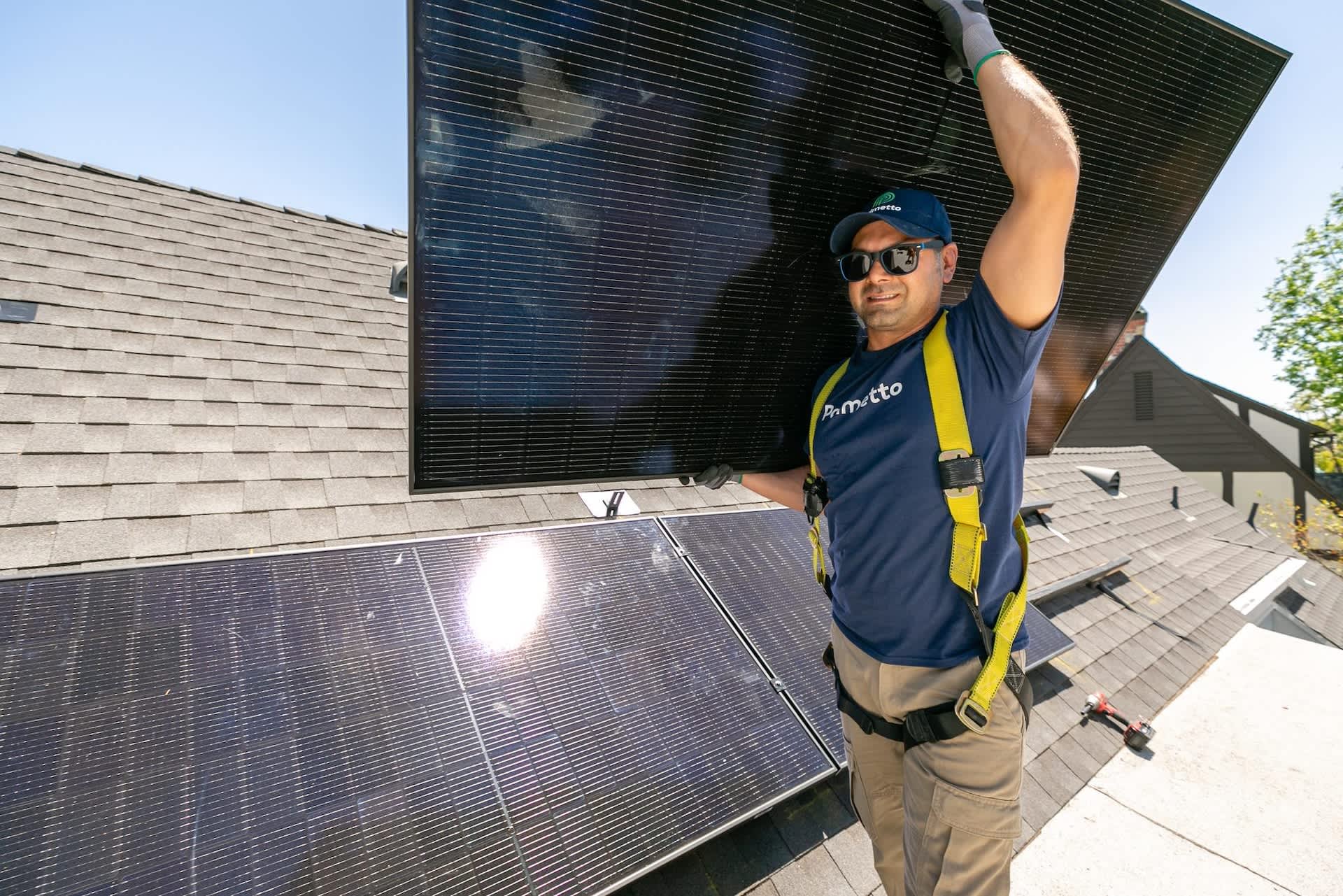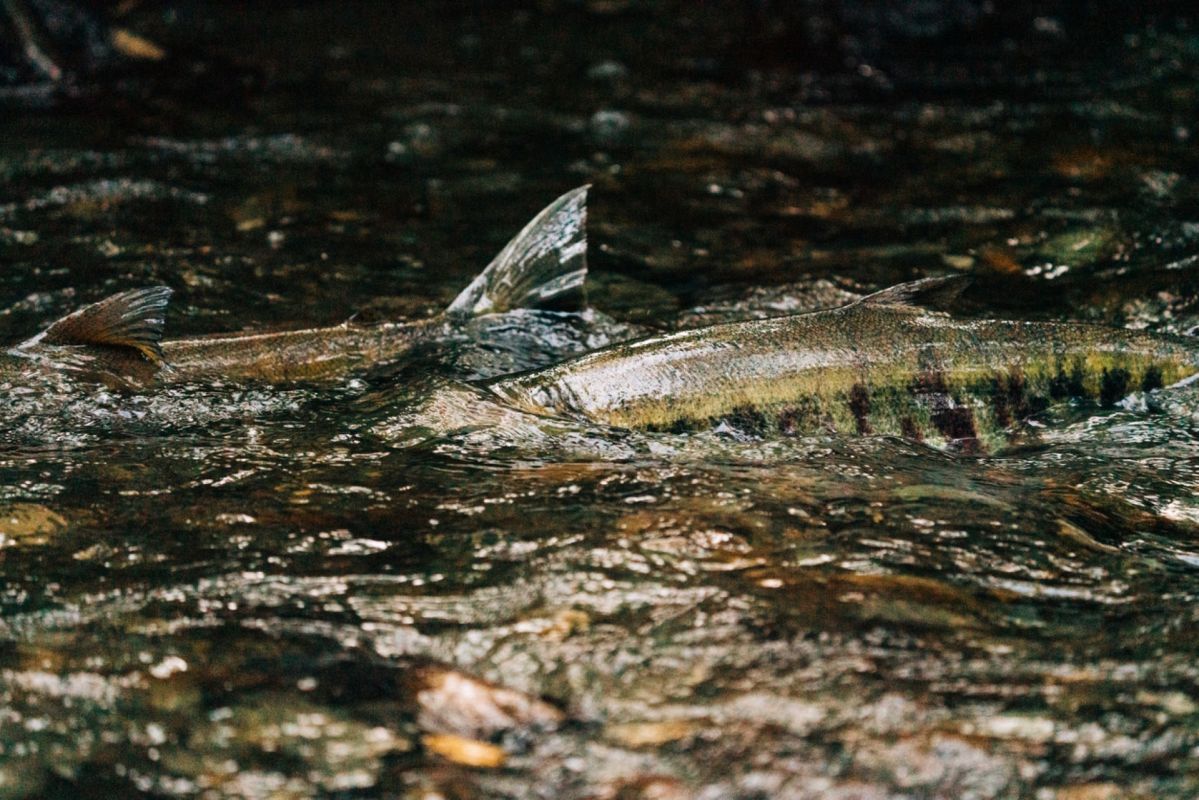In a plot reminiscent of the fairytale "Goldilocks," chum salmon are looking for waters that are "just right."
Because of planet overheating, their proverbial perfect porridge is in remote arctic areas previously uncharted by the migrating fish known for their prolific breeding, according to a report from Wired that referred to the new development as "an ominous sign."
The researchers interviewed in the story don't yet know how the salmon's shifting spawning area will impact the ecosystem.
What's happening?
The Arctic is warming four times faster than the rest of the planet, according to the journal Nature. Experts think that the presence of chum salmon farther north is just another sign of unprecedented warming.
"What seems to be happening is that these Arctic rivers are just now starting to become suitable," Peter Westley, an ecologist at the University of Alaska, said to Wired.
Why does it matter?
Biologists don't yet know how increased salmon counts in far northern rivers will impact other species relied upon by locals in the region. Researchers told Wired that all of the salmon eggs (salmon lay a bunch of eggs, and then die, as part of their life cycle) might provide food for other species. In that sense, the new arrivals could be viewed as an aid.
Can't afford solar panels? Here's how to get them without paying for purchase or installation Palmetto's revolutionary LightReach program gives you all the benefits of solar power without the upfront costs. LightReach lets you lease solar panels with no money down, making it easier than ever to lock in energy savings. Palmetto assumes all risk and responsibility for the panels you lease, which means you'll get reliable performance without unforeseen costs. To get started, just answer a few basic questions about your home and learn how much you can save. Learn more → |
However, the migration is part of an overall ecological change, including melting ice, and more green growth, among others.
One concern deals with all the extra water created by ice melt. Wired reported that experts are concerned new flows will degrade the soil, mixing aboveground water with underground springs.
More vegetation — even taller shrubs — can have implications. They can trap snow on the soil, insulating the ground, and preventing it from freezing.
"That could accelerate the thawing of permafrost, which in turn would release planet-heating methane," Wired reported.
TCD Picks » Quince Spotlight

What's being done to help?
Researchers are placing sensors in the Arctic to measure water temperature. This will help them to gauge if the waters are in fact hospitable to an expanded salmon presence, per Wired.
Reducing planet-warming air pollution is crucial to preventing arctic thawing. Switching to an electric vehicle curbs pollution. But, the Minnesota Pollution Control Agency notes that turning your vehicle off instead of letting it sit and idle, as well as making sure the exhaust system is in good repair, can make gas burners a little cleaner.
Planting and caring for trees is another way to help. During a year, an adult tree absorbs more than 48 pounds of air pollution, according to the Arbor Day Foundation.
Join our free newsletter for weekly updates on the coolest innovations improving our lives and saving our planet.












